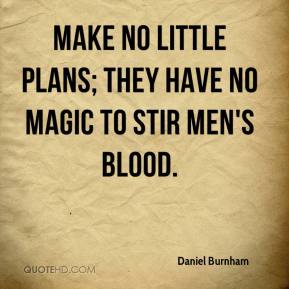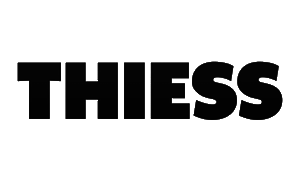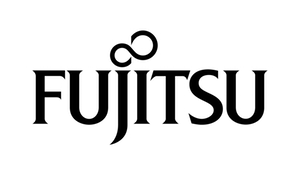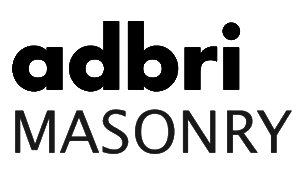
Blog
How to Motivate (Not Frustrate) Your Employees in the New Year
By Anonymous | 7 January 2016 |
No manager ever says (at least we hope not) to himself or herself, “What effective strategies can I use in 2016 to frustrate my employees and sap their motivation?”
All of us want a motivated workforce, but how you actually achieve that goal depends on which book you read, what seminar you attend or what your managers taught you.
Well, worry not. We’ve taken the liberty to scour the internet for some solid motivation principles that can help you inspire your workplace troops.

Get in the Driver’s Seat: The Four Principles of Motivation
We found this fantastic advice from Canada’s High-Touch Communications, who outlined the “four fundamental drivers of motivation” put forth by the Harvard Business Review in 2008.
As you form a strategy intended to motivate your employees, consider viewing its predicted effectiveness based on these four drivers:
- Does your program extend something to acquire, like a reward?
- Does your program provide an environment in which employees can bond?
- Is your program challenging enough to engage your employees’ minds?
- Is there a principle at stake which your employees can defend, like responding to injustice or righting a wrong?
Leaving any of these four drivers out will dismantle the entire process, leaving your employees confused and frustrated.
“By using all four levers simultaneously, and thereby tackling all four drives,” the Harvard article said, “organizations can improve motivation levels by leaps and bounds.”
Flex Your Flexibility Muscles
In a 2012 article in the Sydney Morning Herald, small business reporter Christopher Niesche suggested using flexible scheduling as a way to motivate your employees.
“For some staff – such as those who need to pick up children from school or older employees who may no longer want to work full-time – flexible hours can be a huge incentive,” he wrote.
But this little perk comes with an important caveat – it needs to be positioned the right way, else employees may see it as a forced change that they don’t want.
Organizational psychologist Narellel Hess told Niesche that employees “have to see how it’s valuable and how the business is providing it as a value-add to them, or they potentially won’t respect it and use it as motivation.”
Go for the BHAG
Victoria’s business division released a workplace motivation case study a few years ago that revealed an important concept about goal-setting and its motivational powers.
Tristan White, founder of The Physio Co, had reached a point where his business was stagnant and he was involved in nearly every business decision. He felt “stuck,” he said.

Through the help of a business coach, White followed the Jim Collins way of thinking as he tried to come up with a 10-year plan to snap his company out of its rut: set a big, hairy, audacious goal (BHAG).
Tristan also added a 3-year goal to that 10-year goal … the short-term achievement was important for keeping employees focused and bringing near the long-term vision.
If you’re in the process of planning a big change in focus or mission, or you’re ready to launch an initiative, think about framing the initiative over 10 years, with a tangible, attainable goal/benchmark at 3 years.
(<iframe width="640" height="360" src="https://www.youtube.com/embed/g8JCTjtuVEo" frameborder="0" allowfullscreen></iframe>)
The Big Takeaway
We think the key here in each of these situations is to recognize that your workforce is a dynamic, hungry group made up of individual people. When given the right motivation, they can turn your business around.
But beware; it won’t be easy.
In the process of formulating his company’s 10-year plan, Tristan White knew he had to end his micromanagement habits.
“Moving from being a micromanaging small business owner to an empowering team leader is a journey, and it was very hard,” he said. “I'm pretty sure that's why a lot of small businesses don't grow past a certain point.”
It’s a given that, to accomplish an initiative or thought-shift, organizational change will take place. As you contemplate what needs to happen with your business this year, take a look at our team of change management speakers. They’re wisdom and insight are invaluable.
Recent Posts
-
Working From Home — Ultimate Security Tips for a Safe Home Office
-
Unexpected Ways Stress Affects Your Body
-
The Worst Mistakes to Make When Working from Home
-
The Undeniable Worst Mistakes to Make in a Meeting
-
The Top 6 Myths About Leadership Debunked
-
The Best Apps for Busy Professionals
-
Is Telecommuting the Answer to Work-Life Balance?
-
The Importance of Career Goals to Boost Success at Work
-
The Shocking Dangers of Workplace Burnout
-
How to Restart Your Positive Emotions
























